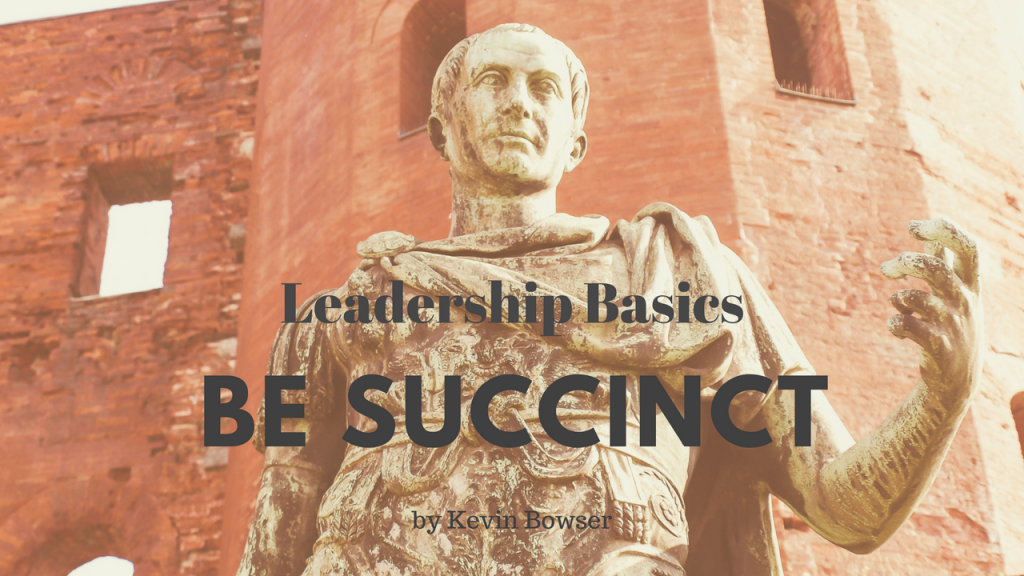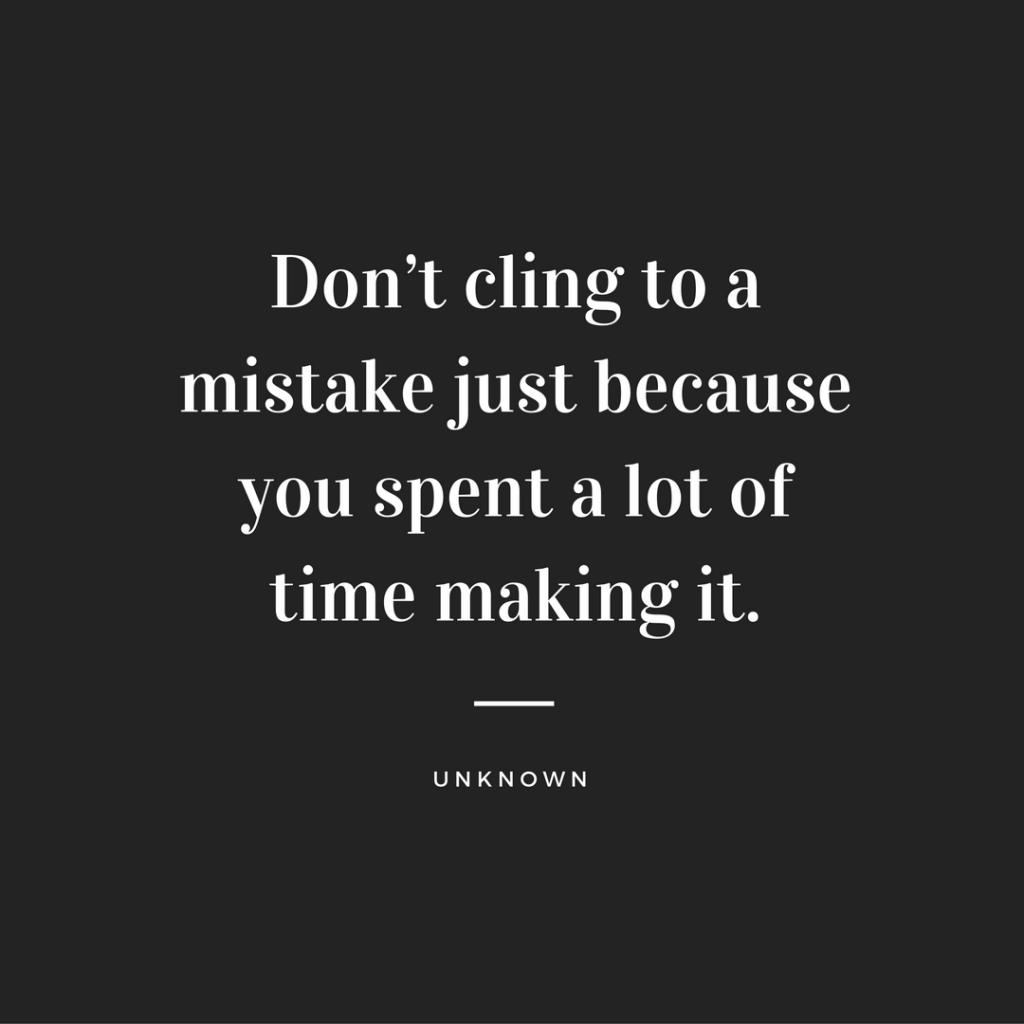We are in the beginnings of football season. The college season started two weeks ago and the pro season started last week. But, teams have been practicing for quite a while.
I played football many years ago in high school. To be honest, I wasn’t that good at it. But I remember it well. And I was thinking about those experiences recently.
If you ever played football in an organized fashion you will remember that there were multiple kinds of practices. In the summer, there were “2-a-Days”. Those were a morning session of practice followed by lunch followed by another practice followed by complete exhaustion. There were “Walk-Throughs”. Those were usually conducted in very light athletic gear. That meant that we wore no pads and sometimes even wore no helmet since no one was going to get hit. They usually were more strategic and educational. The coach taught us new plays and showed us our blocking and routes.
Full Contact Leadership
Click here to read the rest of the article »











